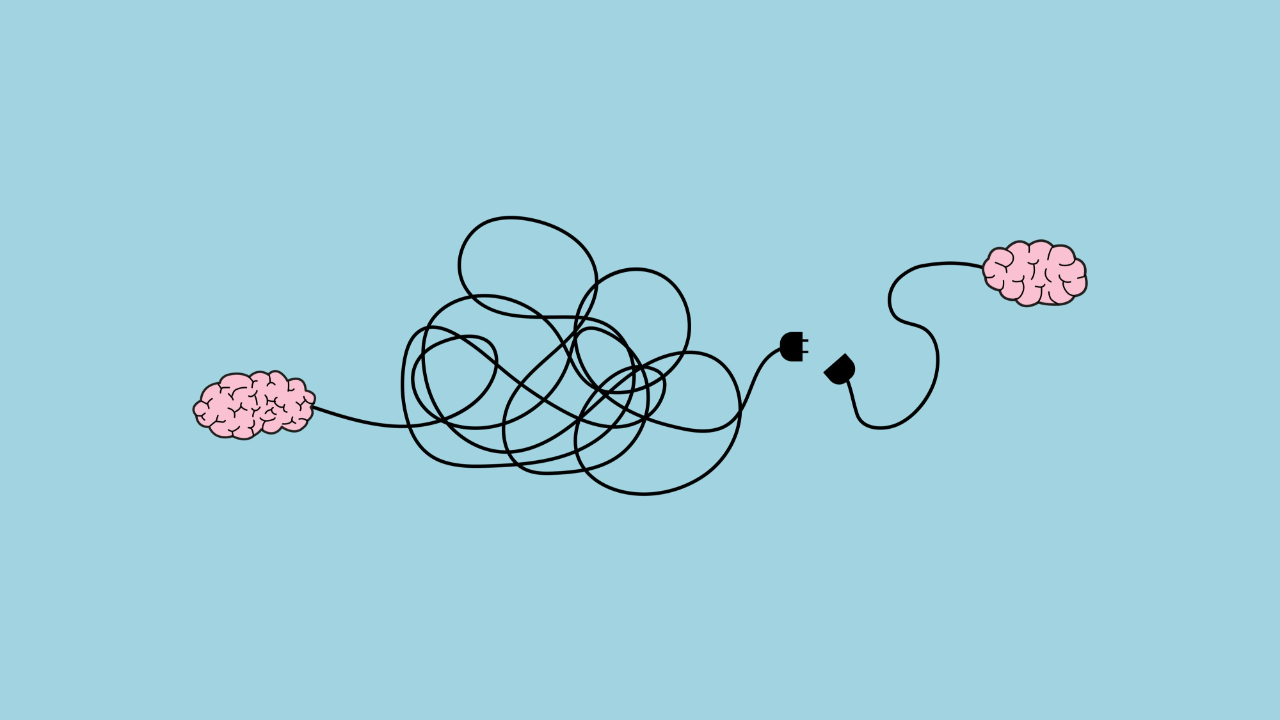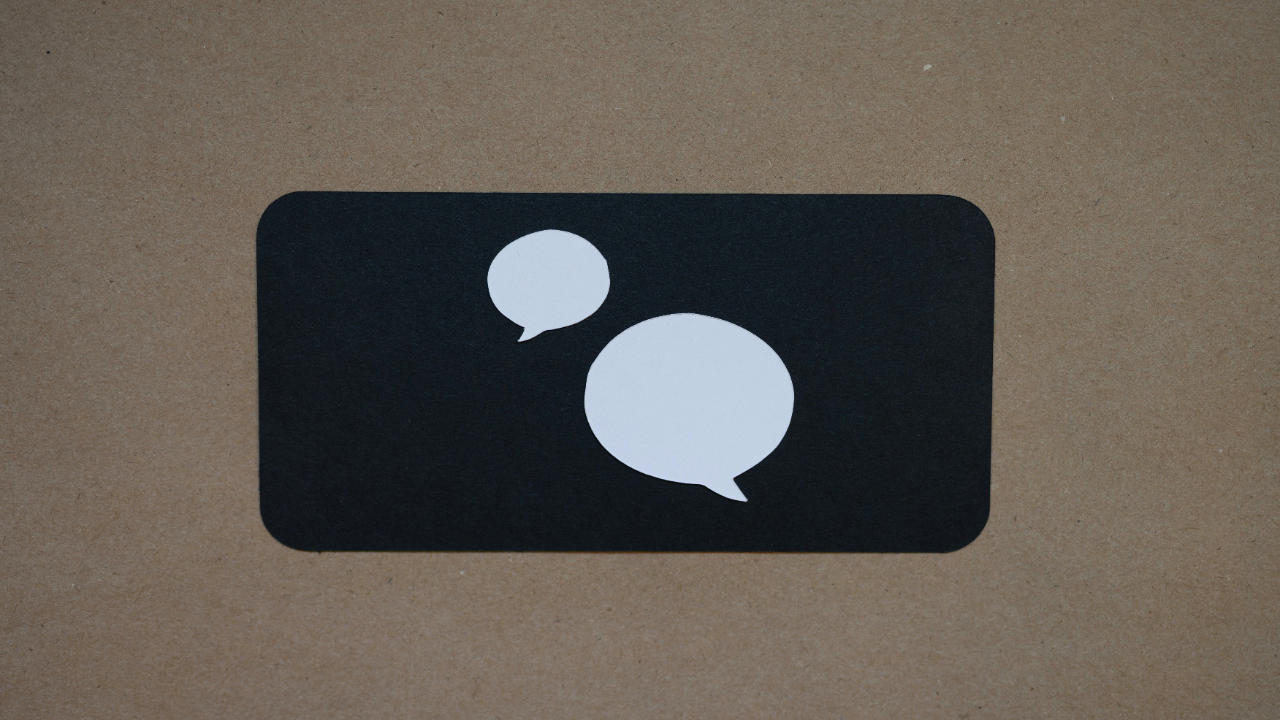Goals are Outcomes, Not Actions

By: Josh
Goal setting can be a powerful developmental tool that provides focus and structure to our growth. We have previously explored the importance of well-defined SMART goals and how to tie them to our identities to make them meaningful.
But I learned a hard lesson several years ago in using goals for development: Goals are outcomes, not actions. I tried leveraging goal setting to develop my team members during a multi-month project. I wanted to bring focus, structure, and purpose to their growth throughout our project experiences. So, at the start of the project, I met with every person during an initial one-on-one meeting to outline expectations for their performance. During those meetings, we established their developmental SMART goal for improving over those several months. We ensured it was clear, meaningful to them, and something they could work on during the project. I was excited for our team’s developmental potential in the coming months, hoping that all of us would depart the project as better leaders and managers because of our developmental emphasis.
Fast forward three months. Nothing changed. No one seemed to make any noticeable progress toward their goals. No one reported improvements in the areas they expressed as important. And I didn’t talk to my teammates about their goals at any point after those initial conversations. My attempt at using goals for their development seemed to be a complete failure. I was disappointed and, frankly, a little embarrassed.
A few years later, when I was reading James Clear’s book Atomic Habits, it finally seemed to click. Goals are outcomes. They are our defined end states. They are not, however, actions we take to get us to that desired state. I realized goals alone are insufficient. They must be supported by a strategy, which is a detailed plan of action to help us bridge the gap between our current state and our defined one (our goal). My attempt at using goal setting during that project years ago failed because we lacked a holistic approach to tackling the goal. We did step 1 of the goal setting process but ended there. We did not continue through the additional, required steps.
- Set our SMART goal: What do we want to accomplish? Clearly define our desired end state.
- Define the purpose: Why do we want to accomplish this goal? Why does it matter? Give meaning to the goal if we intend to commit our resources toward it.
- Create a strategy: How do we plan to achieve this goal? What active measures are we taking to progress towards it and what metrics are we using to assess that progress?
- Execute and assess: Implement the strategy to guide our habits and provide feedback on our progress. Execute with discipline and consistency.
Creating our goal is only the first step. It captures what we want to accomplish. It does not, however, provide our why to give it meaning or our how to guide our routine actions. So, once we have our specific, measurable, attainable, relevant, and time-bound (SMART) goal established, then what? Let’s explore the rest of the steps toward a more complete approach to goal setting so it can actually become the powerful tool for improved performance and growth we expect it to.
Step 2: Define Our Goal’s Purpose
Why do we want to pour our energy, resources, and effort into this goal? What is our enduring purpose that will keep us committed to this task when it gets tough, mundane, or frustrating? A clearly defined purpose for our goal will provide that persistent source of meaning to drive our resolute commitment and endurance to see it through.
So, as we look at our goal, we should ask ourselves why we want to achieve this. Actually write down our purpose statement. Then, ask ourselves why that. Write it down. Then repeat this until we get to the heart of why this goal matters to us. It may take two whys; it might take five. But keep asking it until we get to the core of why we really care about this.
Here’s a personal example. One of my identities is an endurance athlete. I enjoy the hobby of long-distance running. So, I aim to run a marathon later this year. I’ve established my SMART goal. But now I ask why I’m doing this.
- Why run this marathon? Well, I’m an endurance athlete and I actually haven’t run a long-distance race in over a year.
- Why that? I just feel like I haven’t done something “hard” in a while and I kind of need to.
- Why? Long-distance running events help me to realize I can do hard things, which allow me to put other challenges into perspective; they seem more manageable and achievable. I also can’t call myself a distance runner if I haven’t done it in a while.
- Ok, but why? Really, running is the activity that most satisfies my sense of adventure and mental-emotional clarity. Everything seems to be as it should be after I run.
Now, not only do I have a well-defined goal to achieve, but I also have a clear sense of purpose behind it. In this case of my marathon, my purpose is: Because I am an endurance athlete who does hard things. This marathon will give me perspective on life and work; help satisfy my sense of adventure this year; and let me achieve something I am proud of, which I haven’t done in a while.
With this purpose, I am more willing to step out the door at 5AM for a cold, dark run. I’m more committed to maintaining my training plan even when I feel unmotivated or tired. I now have a better chance of achieving my goal.
Finally, two things to consider as we craft our goal’s purpose statement:
- Is this goal performance- or development-based? Are we looking to achieve this goal for a performance-based outcome or a self-improvement one? The marathon goal is a performance-based outcome – I aim to complete a race on a specific date within a desired time. But say we want to quit a bad habit or start a new productive one. Those goals are focused on our development, which are also important. Knowing what kind of goal we are looking to achieve can help us craft our purpose.
- How are we tying our goal to our identity? Creating identity-based goals is a powerful way to give it purpose and encourage our commitment. It’s tying our goal to who we are. You can check out our podcast episode that explored identity-based goals.
Step 3: Create a Strategy
We now have our goal’s what and why. We need a how. How do we plan to accomplish this goal? What actions must we take and what metrics should we use to measure progress? We must create a strategy using what we will call “lead measures” and “lag measures.”
Lead measures are things we do to progress toward our goal. They are actions we take to push our progress forward. In the case of my marathon, lead measures can include:
- Completing a long-distance run every weekend, slowly increasing the mileage and speed of that run.
- Conducting interval training once per week, rotating between ½ mile, mile, and 2-mile distances.
- Do regular “tempo” runs where I maintain a race-like pace for prescribed distances.
- Include cross-training events three times per week, focused on weight training and low-impact exercises (rowing, etc.).
- Commit to planned rest days and stretching.
Lead measures are the actions we can mark off a checklist, reporting active progress made toward our goal. When sustained consistently over time, these are the actions that push our progress toward our goal. None of these alone, however, can provide an assessment of how we’re doing in progressing toward our goal. That is why we also need lag measures to assess our progress.
Lag measures are things that will help us assess progress. We engage in lead measures to make progress; we assess lag measures to track that progress. Some examples of lag measures for my marathon goal can include the following:
- Completing 10 km and half marathon races during my training progression to determine if I am on track with my desired marathon race pace.
- Maintain a weekly mileage average to ensure I’m sustaining a thorough running plan week-by-week.
- Compare my interval paces across the weeks to see how they develop (decrease in time).
These are things I use to give me feedback on my progress, not active measures I use to develop my ability as part of training.
A complete goal strategy leverages both lead and lag measures. Lead measures drive progress, lag measures assess that progress. Together, they provide a robust, structured, mapped-out plan on how we will accomplish our goal.
Step 4: Execute and Assess
Now, we execute our established strategy and use the lag measures to assess our progress. The lag measures help inform if we are on track toward our goal, yes, but they also can provide small wins to celebrate along the way. These offer encouragement and reinforce commitment by fueling our self-efficacy.
Don’t underestimate the challenges with execution, though. Depending on our goal, it often requires doing mundane things repeatedly. It takes discipline, dedication, and commitment. The hardest part may be doing the same things repeatedly, even when we don’t feel like it.
There are a few things we can use to support our disciplined execution, though.
- Accountability: Who or what is keeping us accountable to our progress? Do we have an external source keeping us on track especially when we don’t feel like it?
- Reflection: Looking back on our previous efforts to process and make sense of them can be a helpful exercise to show progress. For my marathon goal, looking at my interval times across weeks can give insight to my progress or report a plateau. Reflecting on experiences or information like that can move us from focusing merely on what, and into now what and so what. As a result, we can make adjustments to our plan as needed.
- Support Network: Growth through goal setting produces a lot of challenge. Being saturated in consistent challenge can be tough. Accountability, struggle, hard work, and disappointment can be stressful and overwhelming. It can all be hard to sustain. So, who or what makes up our support network that provides the encouragement, care, and concern to balance the challenge and make it manageable?
Put It All Together
This more comprehensive approach to goal setting enables greater chances of success – it provides the what, the why, and the how. Goals alone are insufficient. They are desired outcomes and do nothing to build our approach to get there.
So, consider using the power of this stepped approach to goal setting, both for our own personal development and how we can develop others.
Throughout this article, I offered an example goal focused on my personal performance: running my next marathon. I used this goal to help us understand what the approach can look like with an easy-to-see performance goal. However, we can apply this to any type of goal – especially to our development as leaders as well as others’. To end this argument, I use a simple framework map to capture the what-why-how for my goal – all three steps to help me be clear and committed as I move into step four. Below, I’ve included the map for my marathon goal and also for a personal leadership-focused goal I recently worked toward – delaying giving advice as a mentor and focusing more on coaching them through their described challenge first. I hope providing both can help you understand what the goal setting process can look like for you – giving focus and structure for your growth, performance, and development as a leader. If you’re interested in using this simple framework map for yourself or your team, you can access it here.
If you have a goal now, let’s look to add steps two and three to our approach. Or, if we are looking to establish a goal soon, don’t simply stop at step one. Use the full process so we achieve it, and it doesn’t remain as a “nice to achieve one day” statement on our wall or in our notebook.







